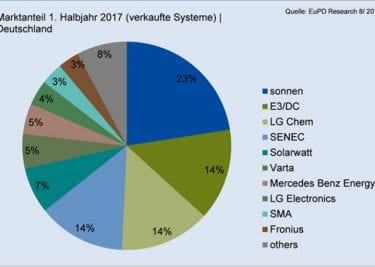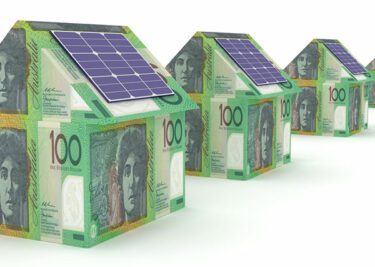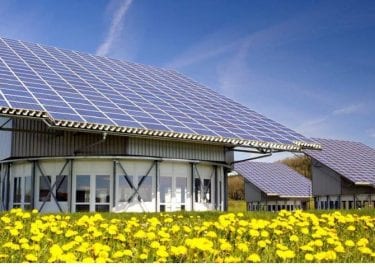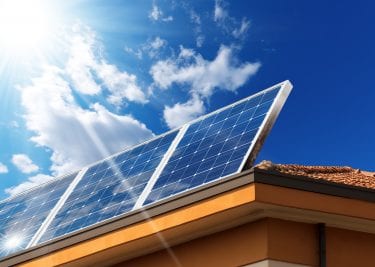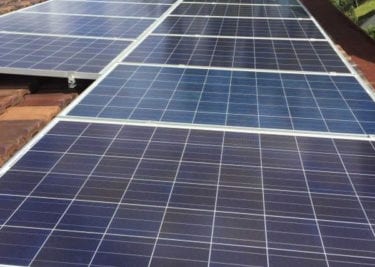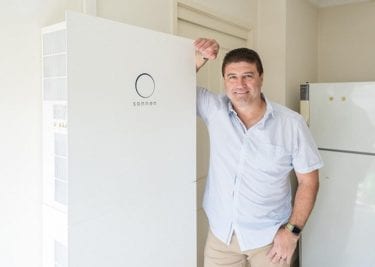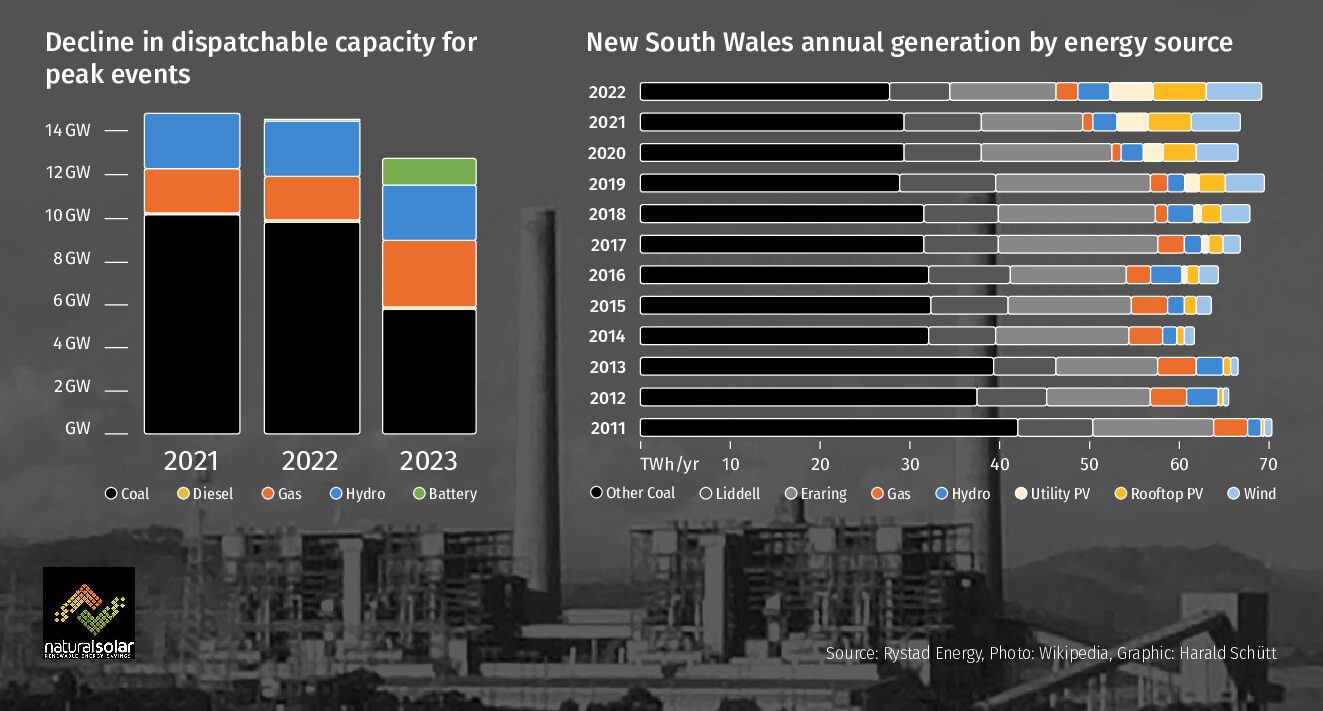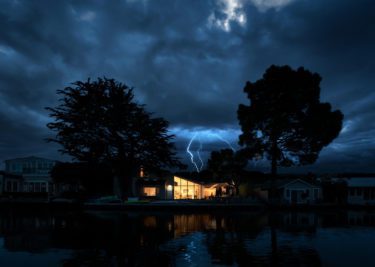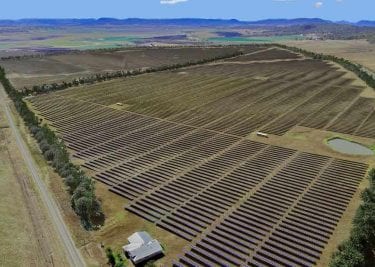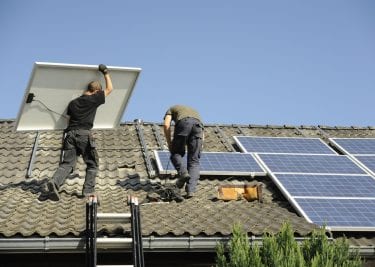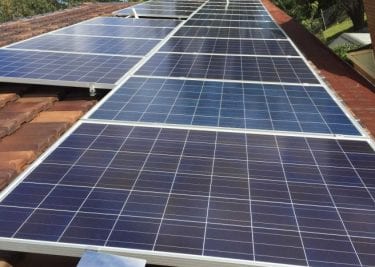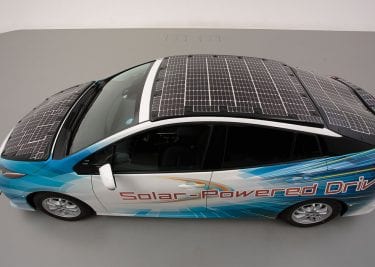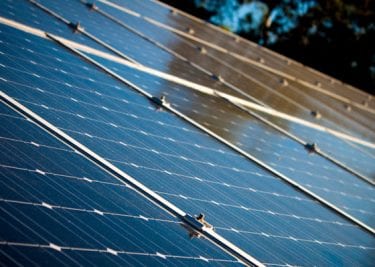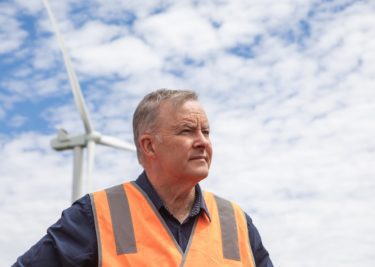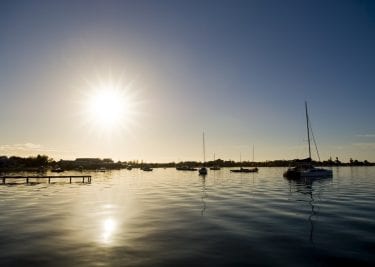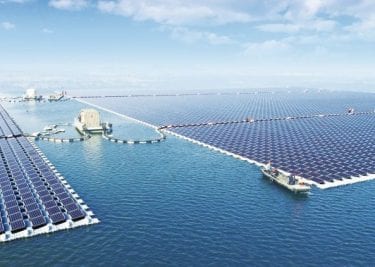In Australia it has long been said that “Coal is king”, but all reigns come to an end. In mid-August 2022, the National Electricity Market (NEM) saw a number of days when solar power eclipsed coal as the primary energy source.
On Friday, August 22, a spokesperson for the Australian Energy Market Operator (AEMO) confirmed that rooftop solar and large-scale solar generation beat out brown and black coal generation combined in terms of being the biggest source of electricity generation. While solar outshone coal for only 35 minutes on that day, it was still a watershed moment as over the last decade Australia’s electricity system was built primarily on the back of coal.
On that Friday in August during the record-setting period, solar energy provided 40% of the electricity on the NEM, becoming the largest single generation source and leaving coal in the shade.
And while the Friday 22 record buoyed solar’s confidence, the record barely lasted two days. On Sunday, August 21, solar stood above the rest for three hours and 20 minutes, with a dominant share of 45.9% of the NEM.
Interestingly, Aussie homes and businesses were big contributors to the solar energy flowing into the electricity grid. Of that 45.9%, rooftop solar was the real shining star, contributing 30.7% to large-scale solar’s 15.2%.
While individual daily results send a powerful signal as to where Australia’s electricity system is moving, in the aggregate recent results are equally impressive. According to Professor Ray Wills of the University of Western Australia, renewables have provided 33.6% of all electricity on the NEM in the last 12 months.
The story has been a similar one out west, where Wills calls home. At the same time on the Western Australia’s Southwest Interconnected System (SWIS), solar was contributing 65.2% of midday generation. Coal’s market share, on the other hand, dropped to a mere 14%.
Of that 65.2% of solar feeding into the SWIS, an incredible 61% was provided by rooftop solar alone. In a tweet, Professor Wills credited rooftop solar for the SWIS having avoided summer brownouts due to air conditioner load since 2011.
The Australian Renewable Energy Agency’s (ARENA) CEO, Darren Miller, described the increases in solar generation as “a sign the technology now represents the lowest form of new generation capacity.”
“Although costs have risen recently due to supply chain pressures, the downward cost trend is expected to continue,” Miller said.
New normal
While the numbers are impressive, it should be said that this is not the first time solar has come out on top. Nor is it the first time clean solar has pushed polluting coal out of the generation mix.
However, as Joshua Stabler from energy consulting firm Energy Edge told the ABC, this most recent episode of solar eclipsing coal is the first time it has happened under relatively “normal” conditions.
This is to say, coal’s lacklustre performance was not caused by a shortage or any anomaly constraining coal supply or the generators using it. Making this “normal” all the more remarkable is that August is far from the sunniest time of the year, when solar can be truly expected to shine.
“This is the first time in business-as-usual that we’ve ever seen coal be dethroned as [the] number-one fuel source in the market,” said Stabler.
“Coal has been at times up to 80% or 90% of the amount of energy coming into the market. Which means that this is a big event.”
However, it is a big event that will hopefully become the new norm as the country heads into spring. “This is just the first of many events like this,” continued Stabler. “Each sort of spring-ish period, what we have is a lot of sun in the sky and not a lot of demand.”
“What we will see is more and more events where solar becomes the number-one generator in the market over the September-October period, and in March and April.”
King coal is dead, long live solar!
The National Survey Report of PV Power Applications in Australia 2021, showed that Australia leads the world in per capita uptake of solar panels, with Australian rooftops averaging more than 1 kW of generation per person.
And the good news, or bad news for coal, is that solar will only continue to grow, if not accelerate. Beyond solar simply getting cheaper, as noted by ARENA CEO Miller, there are numerous conditions aligning behind increased rooftop PV uptake.
There is now a 43% emissions reduction “baseline” bill that has passed the House of Representatives in federal parliament and is likely to be passed by the Senate with the government being joined by the Greens and independent Senator David Pocock in support of the legislation. It is currently under review by a Senate committee, which will report its findings on August 31.
While there aren’t concrete incentives to rooftop solar or residential battery storage in the emissions reduction legislation, it will be accompanied with measures to encourage households to adopt clean energy. And solar batteries are most likely to be first in line as energy storage will be required to support the grid and absorb some of the record levels of solar being generated on Aussie rooftops.
With gas prices skyrocketing in much of the country, there is an additional push for homes to turn away from gas for cooking, water, and even space heating. This can be done through electrification – with the adoption of newer technologies like induction cooktops, electric hot water heaters, and reverse cycle air conditioners (often called heat pumps).
And with electrification, comes the need for cheap, clean power, with solar the best choice for many homes.
Many things are coalescing behind what some energy industry observers describe as a “feedback loop” – cheaper solar, battery storage, public policy, and high fossil fuel prices combining to drive development only in one direction. It spells a death knell for coal and an increasing number of reasons to believe that solar records are set to tumble in Australia’s “new normal”.
King coal is dead, long live solar!



